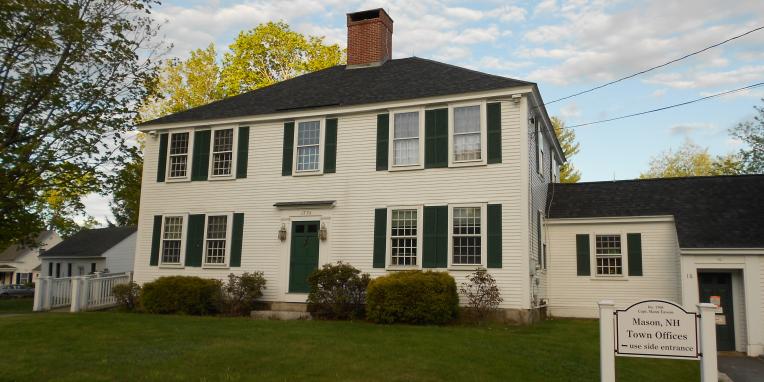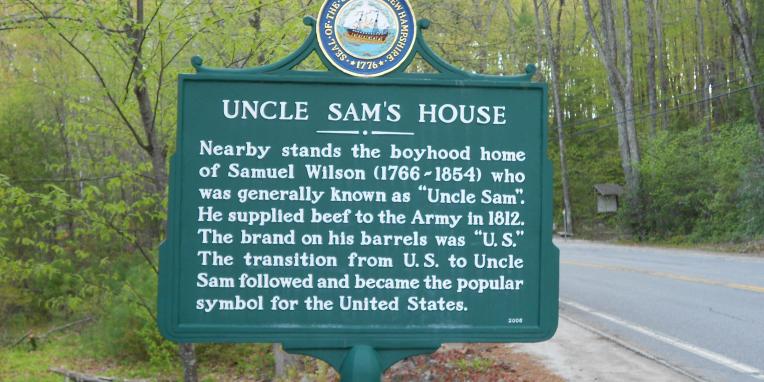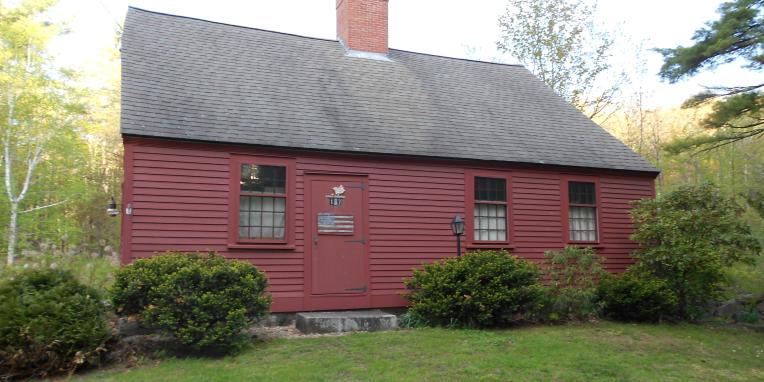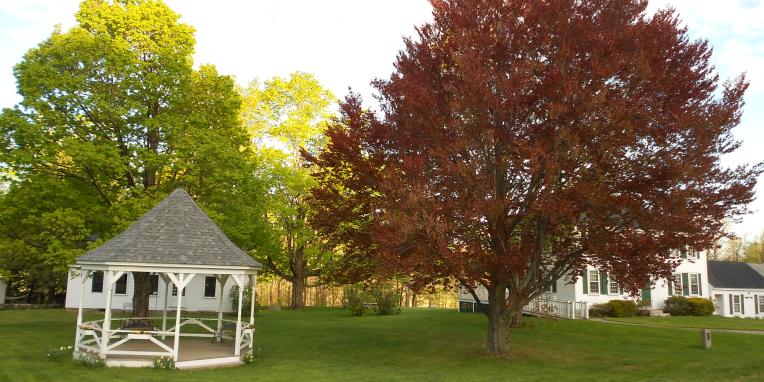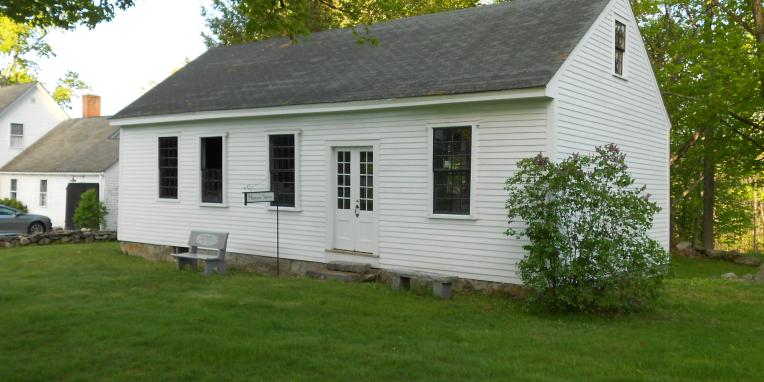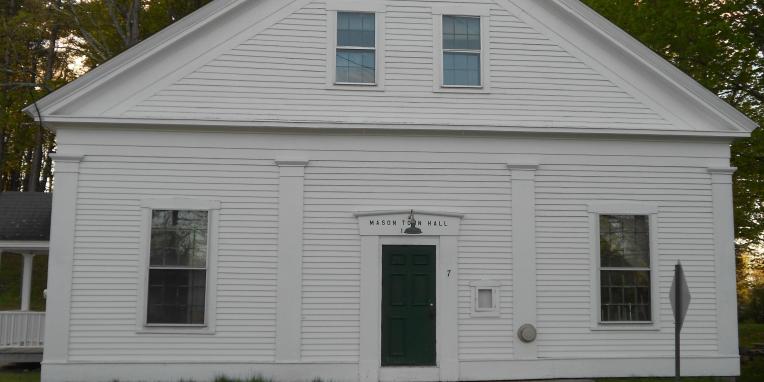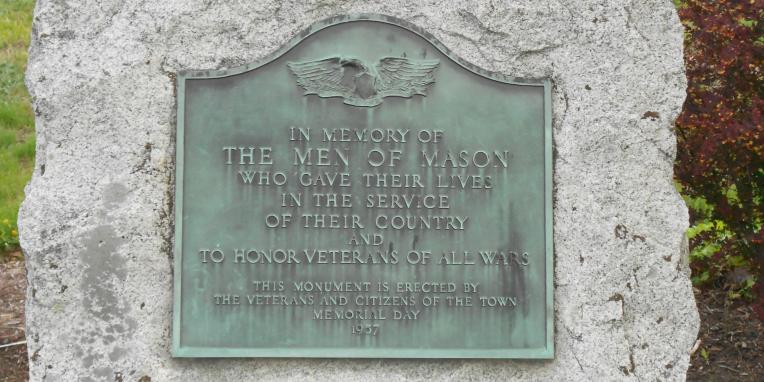Winter Maintenance, Snow Removal & Ice Control
TOWN OF MASON
Winter Maintenance, Snow Removal and Ice Control
Standard Operating Procedures
Governing Laws: RSA 41:11, RSA 231:92-a, and RSA 507-B:2b
Policy:
It is the goal and intent of the Town of Mason to provide timely, efficient and cost- effective winter maintenance, snow removal and ice control on the roadways of the municipality for the safety and benefit of the town’s residents and the general motoring public.
Procedure:
The objective stated above will be achieved by implementation and execution of the procedures and tasks outlined in the Town of Mason Winter Maintenance, Snow Removal and Ice Control Standard Operating Procedures. Due to the many variables that are inherent in New England weather, each storm and / or weather event may require slightly different effort and / or emphasis on any number of maintenance tasks, which together determine the overall winter maintenance, snow removal and / or ice control strategy.
Level of Service:
It is not possible to maintain a snow and ice-free black road or sidewalk during a storm. It is the intention of the Town of Mason to provide practical, safe access to homes, businesses and municipal facilities during winter storms.
It is our policy to start snow removal operations upon accumulation of two inches of snowfall. The Road Agent or his/her designee at his/her discretion, based on weather information reports, may elect to remove snow at a greater or lesser accumulation.
Pre-treatment and ice control may be addressed prior to actual snow beginning, during the actual storms as seen effective, and after the storm. It should be noted that salt has a much slower effect on melting snow and ice at temperatures below 25 degrees and may not be applied without additive until it is warmer.
Sidewalk snow clearance around the Mann House, Police Department and Library will be conducted as soon as possible during winter storms by the Town of Mason Building & Grounds Supervisor or his/her designee. Sidewalks at the Mason Elementary School will be maintained by the school.
Command:
Direction of all winter maintenance activities for the Town of Mason is vested in with the Road Agent, Forman or their designee.
Execution:
This policy is intended to serve as the normal operation procedures for winter maintenance, snow removal and / or ice control for the Town of Mason. One or more of the following, which may delay or prevent the implementation of this policy, may affect all or any part of this policy:
- Equipment breakdown
- Snow accumulation in excess of 1” per hour
- Traffic congestion
- Emergencies
- Personnel illness
- Extensive long drawn out storm, with an exhausted crew
Winter Operations
Snow Removal and Ice Control Procedures
Equipment:
The Highway Department utilizes all the assets as needed to address snow emergencies. Snowplow equipment consists of one-ten wheel plow/sander truck, three six-wheel plow/sander trucks, one 1 ton plow/sander truck, two ¾ ton pickup plow trucks, one backhoe, one loader and one grader.
Routes:
Currently, the town is divided into five plow routes each approximately 8 to 9 miles in length. Each route typically takes 3 to 4 hours to plow with the cleanup pass taking more time. These routes are subject to change as may be beneficial to improve snow removal and ice control procedures. Residents are reminded to not crowd or pass plows when they are working.
Manpower:
The town has four full-time highway employees, including the Road Agent, assigned to its winter maintenance operations. In addition, part-time employees are retained to supplement our full-time employees when storm conditions warrant the need for additional resources.
Materials:
The department uses salt and sand to treat the roads each season. The sand is used as an abrasive for dirt roads and is applied to improve the public’s motor vehicle traction. On paved roads sand is mixed with salt and tightly spread as close to the middle of the road.
Communications:
The Highway Department vehicles are equipped with two-way radios, which allow operators to be in communication with each other, the Road Agent and dispatch. Citizens are encouraged to call the Highway Department at 878-2279 if they see an emergency event such as a flooded road or downed tree. If no one is available at the Highway building, the call gets forwarded automatically to dispatch.
Elementary School:
The Highway Department is responsible for the clearing of snow and winter treatment of the Mason Elementary School access drives and parking lots. On days when school is in session, winter maintenance efforts must be timed to coincide with bus routing and delivery.
The Mason school superintendent and /or school bus transportation official may contact the Road Agent to determine the condition of the town’s roads in order to determine the safety of students using buses. The school representative and school bus transportation official shall make the decision to cancel or delay school opening for the day.
Plow Route Priorities:
With a total of approximately 42 miles of town roads from which to remove snow and ice, the Highway Department must assign priorities for winter maintenance route activity in order to maximize the effectiveness of their efforts for the motoring public. The Town has been divided into five plow routes. The first priority for the ice and snow removal will be for the Town’s emergency service facilities, which include the police station and the fire station.
Sidewalk Snow Removal:
Sidewalk snow removal around the Mann House, Police Department and Library will be conducted as soon as possible during winter storms by the Town of Mason Building & Grounds Supervisor or his/her designee. Sidewalks at the Mason Elementary School will be maintained by the school.
Roads Not Receiving Winter Maintenance:
The Town of Mason does not maintain a number of roadways as part of its ongoing winter maintenance activities. The areas not maintained by the Town of Mason includes:
- Town roads classified as Class VI roads
- Private roads
- State highways
Damage to Private Property:
It should be noted that the town is not responsible for damage to private property that is located within the public right-of-way. The right-of-way (ROW) is often 50’ wide and is often confused by property owners as their own property. In most cases, the ROW extends ten to twenty feet on either side of the paved or gravel road. Homeowners cultivate extensions of their lawns, place mailboxes, erect fences or stonewalls in these areas, which improves appearance of the street greatly, but can be obstructive to good maintenance being conducted on the roadway.
Mailboxes and Other Structures Within Highway Right-Of-Way:
Occasionally mailboxes or other devices are damaged by snowplowing operations due to poor visibility, the mailbox being buried in the snowbank, or the weight/volume of the snow coming off the snowplow. This damage is not deliberate and in most cases is unavoidable. The Town of Mason is not responsible for damage and does not repair, replace, or re-erect boxes that are located within the highway right-of-way.
Widening or Pushing Back Snowbanks:
Following snowstorms, the Highway Department will typically push back snowbanks. This is a necessary operation because it accomplishes the following:
- Provides room for future snow storage
- Reduces or prevents melted snow from running out onto the roadway and creating icing conditions
- Increases safe sight distance at intersections and driveways
- Helps eliminate protrusions at driveways and intersections
Unfortunately, there is no way to prevent depositing snow into previously cleaned driveways or walkways. With hundreds of driveways along our road system, it is impossible to clear these as the cost would be prohibitive. Residents are reminded that snow shall not be pushed into and left on the public roadway.
Adoption:
The Town of Mason has adopted the Winter Operations Snow Removal and Ice Control Policy effective Dec 16, 2019. All residents are encouraged to familiarize themselves with the content as it describes the condition that one might expect to encounter before, during and following a winter storm event.


